1. The Cleavers from Leave It to Beaver

The Cleavers were the perfect postwar family, complete with a stay-at-home mom in pearls, a hardworking dad, and two well-behaved sons who learned a life lesson every week. While endearing, the setup feels like a fantasy now, where June’s entire day revolved around ironing and cooking dinner for a husband who never lifted a finger. Ward offered calm lectures instead of real arguments, and somehow the boys always fixed their mistakes in 30 minutes flat.
Today, audiences might find the Cleavers impossibly sanitized. Modern families are far more complex, with both parents often working and kids dealing with real-world pressures like social media and identity. The idea that every problem can be solved by a fatherly chat in the den feels charmingly outdated. Still, the show’s optimism makes it a comforting time capsule of simpler storytelling.
2. The Bradys from The Brady Bunch
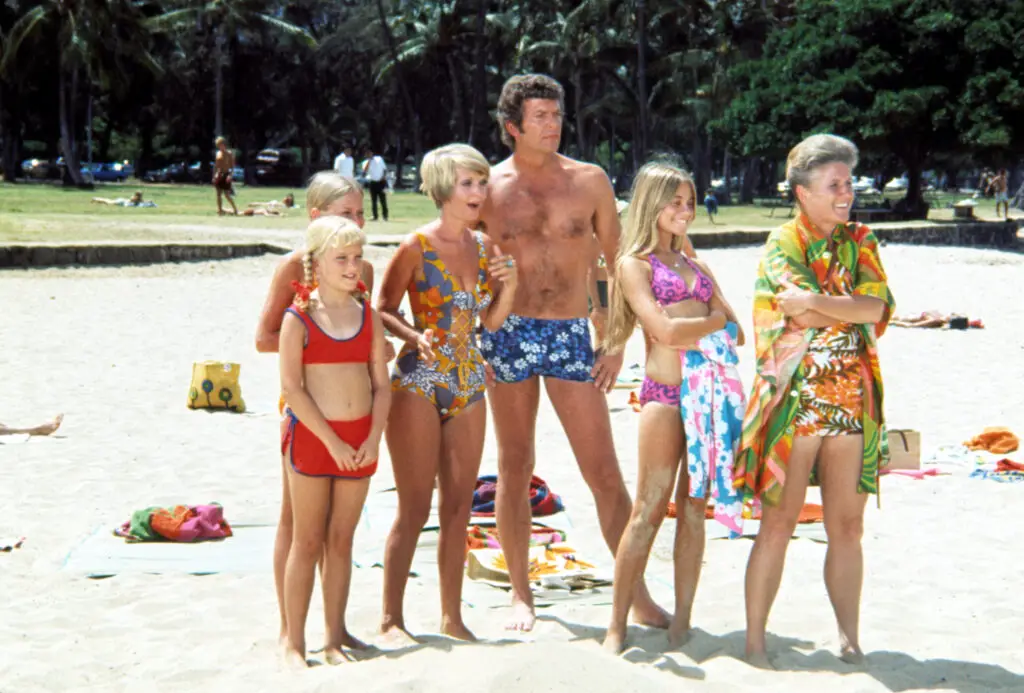
Six kids, one bathroom, and a perfectly blended family that never really argued—The Brady Bunch was a cheerful dream. Mike and Carol somehow managed to merge their broods with no drama, and their biggest fights were over school plays or sibling jealousy. Alice the housekeeper took care of the chores, and every problem was solved with a song or a heart-to-heart.
In today’s world, this level of harmony feels laughably unrealistic. Blended families are common, but they come with more emotional layers than sitcoms of the ‘70s dared to explore. Modern viewers might expect therapy sessions or social media meltdowns instead of singalongs. Still, the Bradys represent a wishful ideal that many secretly still love.
3. The Andersons from Father Knows Best

Jim Anderson ruled his household with quiet authority, while Margaret kept everything running smoothly with a smile. Their three children looked up to them without question, and most conflicts ended with Jim imparting some wholesome wisdom. The family embodied the postwar ideal of respect, manners, and unwavering gender roles.
But the title alone would cause controversy today. The notion that “Father Knows Best” assumes a hierarchy that modern audiences have largely moved away from. Today’s sitcoms embrace shared parenting, open dialogue, and imperfections. Still, the Andersons remind us of a time when families aspired to politeness and simplicity, even if it came at the cost of realism.
4. The Nelsons from The Adventures of Ozzie and Harriet

The Nelsons blurred fiction and reality, starring a real-life family that portrayed an almost utopian home life. Ozzie always had the right answers, Harriet smiled through everything, and sons David and Ricky never rebelled beyond a mild misunderstanding. Their Los Angeles home was spotless, and their values were pure.
Today’s audiences would struggle to relate to such a polished portrait. The Nelsons’ conflicts were too mild for the modern sitcom era, which thrives on sarcasm, flaws, and messy humanity. In an age of reality TV and social media oversharing, the idea of a picture-perfect family with zero chaos feels alien. But as a slice of 1950s Americana, it’s hard not to find them charmingly quaint.
5. The Douglases from My Three Sons
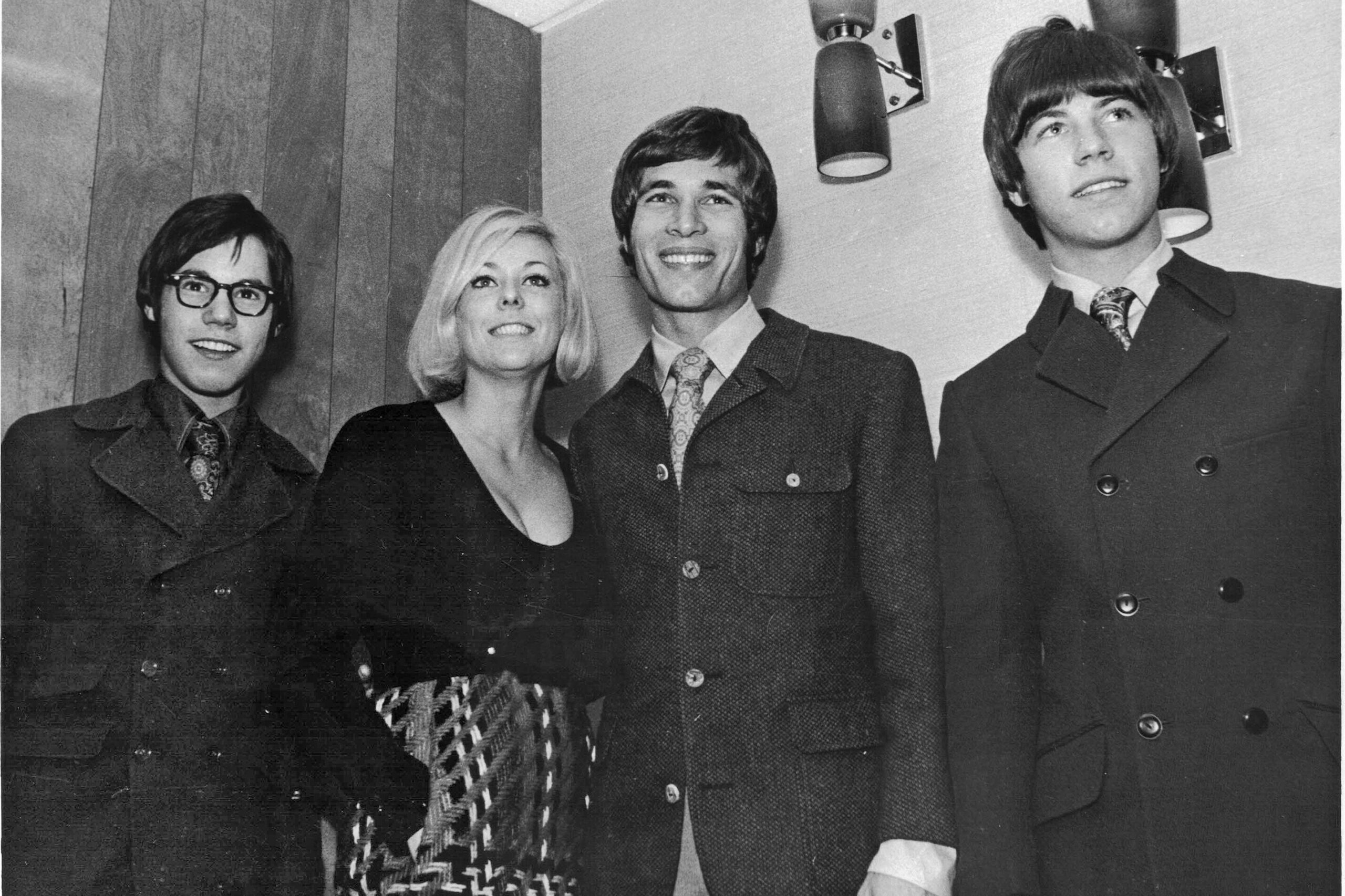
Steve Douglas raised his three boys with the help of his father-in-law and later Uncle Charley, all while balancing his career as an aeronautical engineer. It was a gentle, male-centered take on family life that showed affection through structure and loyalty. Problems were mild, lessons were clear, and the household always found balance.
Today, though, this male-dominated structure would draw criticism for sidelining women and emotional depth. Viewers might crave more diverse voices and family dynamics. The absence of a mother figure for much of the series feels dated by modern storytelling standards. Still, its focus on responsibility and fatherhood gave it a sincerity that remains nostalgic.
6. The Partridges from The Partridge Family
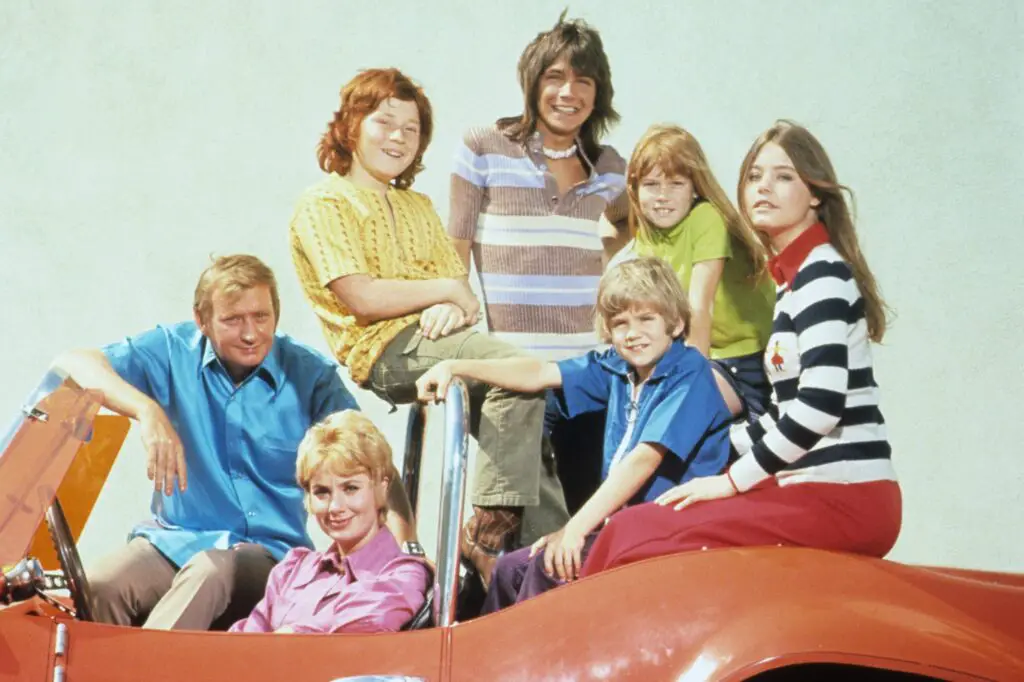
A widowed mom leading her five kids in a traveling band was a quirky and uplifting idea for its time. With colorful outfits, catchy songs, and a groovy bus, The Partridge Family made domestic life look like one big concert. Shirley Jones kept everyone grounded, while teen idol David Cassidy stole hearts around the world.
Today, the idea of a mom driving her family cross-country in a painted bus for gigs would probably raise eyebrows about safety and stability. Audiences would want to know about schooling, mental health, and real financial struggles. But in the carefree ‘70s, the show embodied the optimism of the era. It’s impossible to imagine such earnestness surviving the cynicism of modern TV.
7. The Cartwrights from Bonanza

The Cartwrights were a rugged but moral family running the Ponderosa Ranch, led by patriarch Ben and his three sons. Their motherless household thrived on old-fashioned values, with Ben dispensing wisdom and his sons embodying different masculine ideals. Together they represented strength, loyalty, and justice in the Old West.
Today’s audiences might admire their grit but question their lack of emotional vulnerability. The women who passed through their lives rarely stuck around, and the family dynamic centered entirely on male stoicism. Modern Westerns lean into complexity and trauma, not moral perfection. Still, the Cartwrights remain the gold standard for old-school Western honor.
8. The Taylors from The Andy Griffith Show
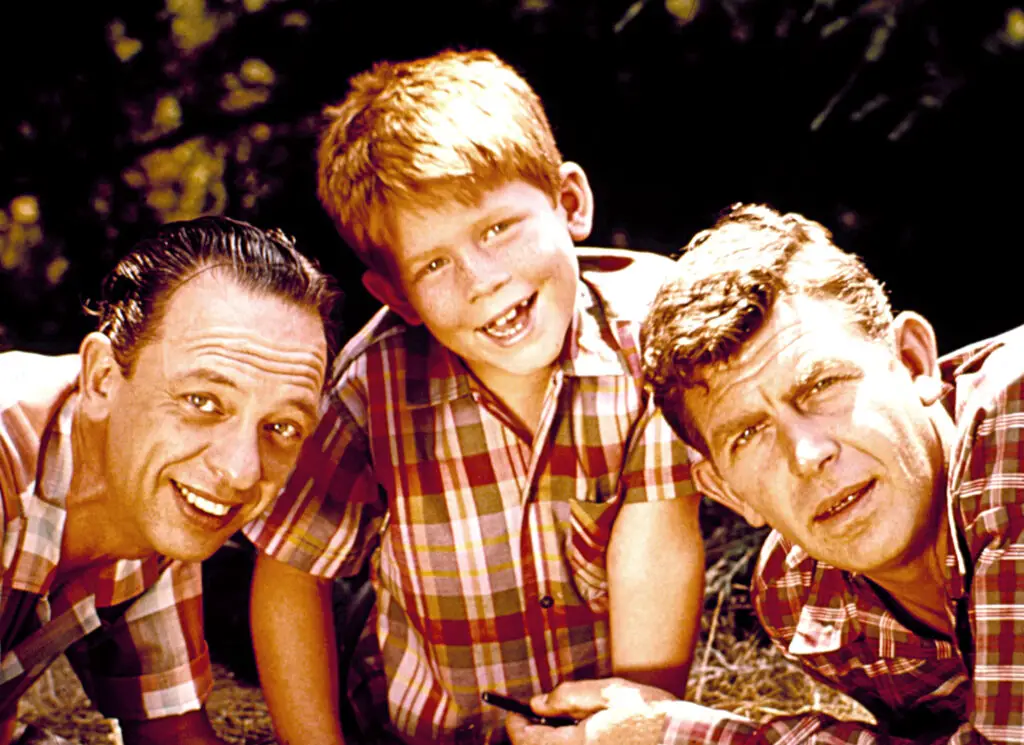
Andy Taylor was the widowed sheriff of Mayberry who raised his son Opie with kindness, patience, and endless small-town wisdom. Aunt Bee filled in as the nurturing figure, and together they created one of TV’s most beloved homes. The show captured an idyllic version of southern life where everyone knew each other and problems were solved on the porch.
But Mayberry’s simplicity feels worlds away from modern society. The town’s lack of diversity, gender roles, and unflinching optimism would make it hard to recreate today. Life in a small town now involves far more complexity than the gentle world Andy ruled. Still, his quiet parenting remains one of television’s sweetest legacies.
9. The Cunninghams from Happy Days

Set in the 1950s but filmed in the 1970s, Happy Days was already nostalgic when it aired. Howard and Marion Cunningham raised Richie and Joanie in a wholesome Milwaukee home where the biggest rebellion came from Fonzie’s leather jacket. Dinner was always at six, curfews were enforced, and respect for parents was nonnegotiable.
Modern audiences would laugh at the simplicity of those rules. Teenagers today communicate by text, not milkshakes at Arnold’s, and “be home by dark” doesn’t cut it anymore. The Cunninghams represented a world where family structure felt unshakable. Even so, the warmth of their home still hits the heart, no matter how far removed it feels.
10. The Keatons from Family Ties

Steven and Elyse Keaton were former hippies raising three kids in Reagan-era suburbia, clashing hilariously with their conservative son Alex. The show was a clever reflection of generational and political divides, and yet the family always found common ground. They balanced humor with heart, and each episode ended on a loving note.
While their debates still resonate, the tone might feel too gentle for today’s sharper comedy landscape. Real-world political divides have grown far deeper, and the Keatons’ quick resolutions would seem overly tidy. Yet, their willingness to listen to one another remains refreshing. They’re a reminder that love can bridge even the widest ideological gaps—at least on TV.
11. The Bunkers from All in the Family
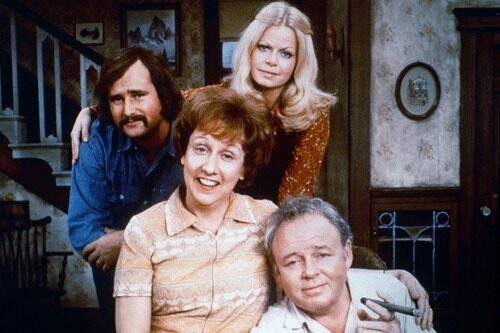
Archie Bunker’s loud opinions and stubborn ways were groundbreaking when the show debuted. His clashes with his liberal son-in-law, “Meathead,” reflected the culture wars of the ‘70s in raw, uncomfortable ways. Despite his flaws, Archie was humanized by his love for Edith and his complicated but real family life.
A show like this would ignite chaos on social media today. Archie’s bluntness, while meant to spark conversation, would likely be misinterpreted or canceled before its point landed. Yet, All in the Family forced viewers to confront their biases, something few sitcoms dare to do now. It’s a time capsule of brave, risky storytelling that doesn’t quite fit modern sensitivity standards.
12. The Huxtables from The Cosby Show
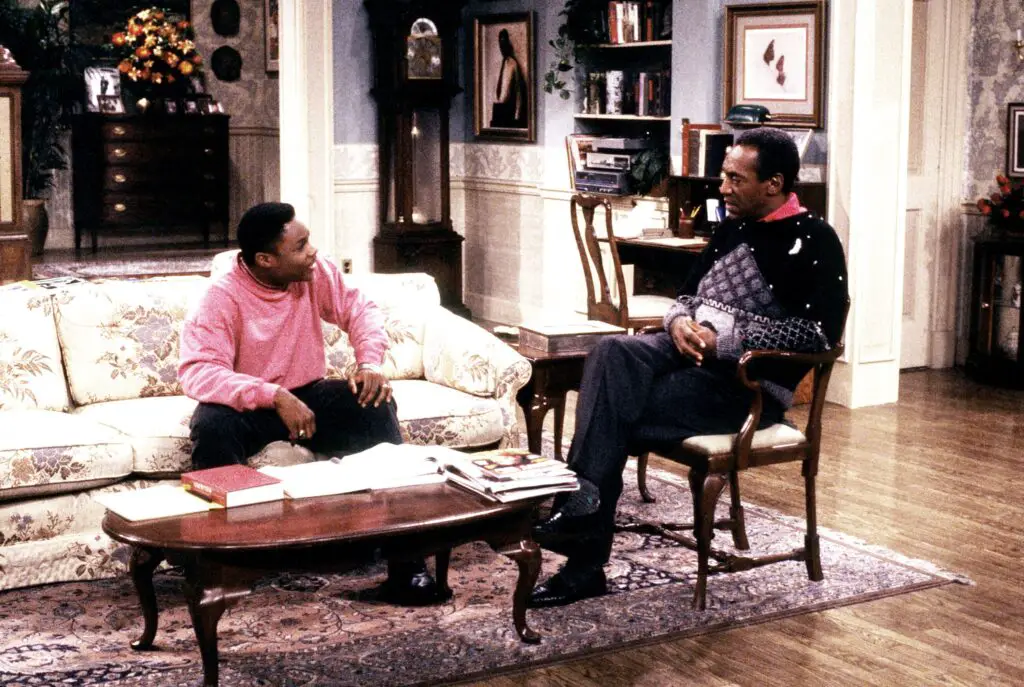
For many, the Huxtables were the ideal upper-middle-class family of the ‘80s—educated, witty, and deeply loving. Cliff and Clair Huxtable balanced demanding careers with raising five kids, proving that humor and discipline could coexist. The show broke barriers by portraying a successful Black family with warmth and depth rarely seen on TV then.
Unfortunately, the legacy of The Cosby Show is clouded by Bill Cosby’s criminal convictions. While the fictional family remains iconic, it’s impossible to separate the characters from the controversy now. Beyond that, the show’s neat resolutions and lack of real-world problems feel dated compared to modern family comedies. Still, the Huxtables once represented the best of TV’s aspirational storytelling.
13. The Tanners from Full House
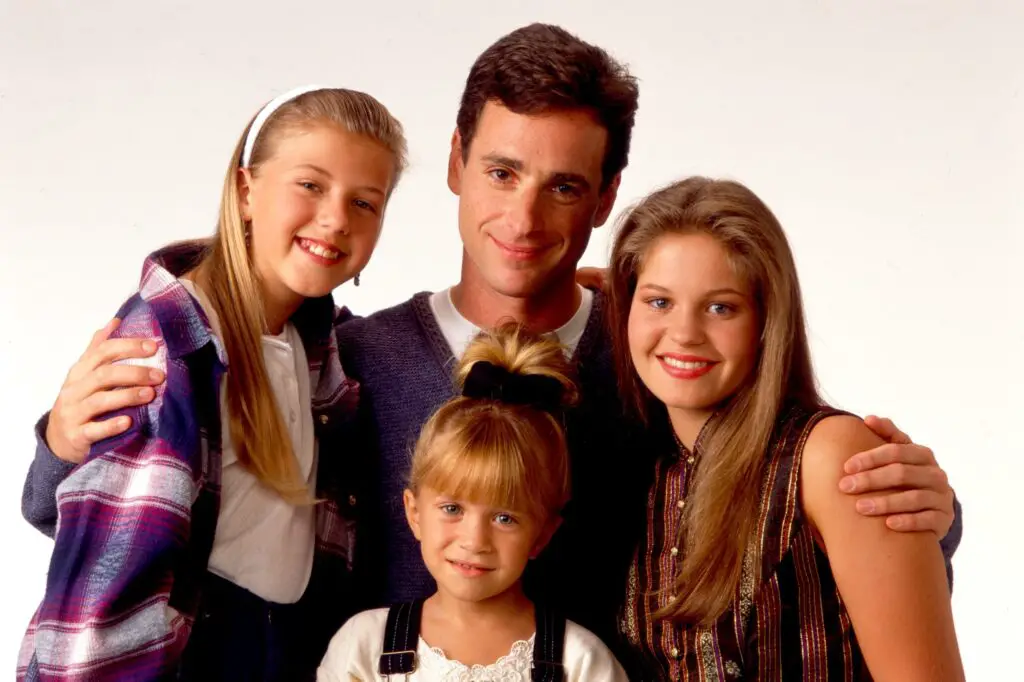
Danny Tanner raised three daughters with the help of his brother-in-law and best friend after losing his wife, creating one of the most beloved families of the late ‘80s and early ‘90s. The house was always full of laughter, hugs, and valuable lessons wrapped in heartwarming speeches. The trio of men caring for children felt refreshing for its time.
Today, that setup might face more scrutiny about boundaries, privacy, and the sheer chaos of six people under one roof in San Francisco. The show’s sentimental tone feels overly sweet compared to today’s faster, edgier comedies. Still, the Tanners’ love for each other makes it impossible not to smile. They captured the rare magic of a family built on friendship as much as blood.
